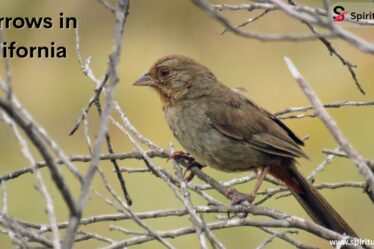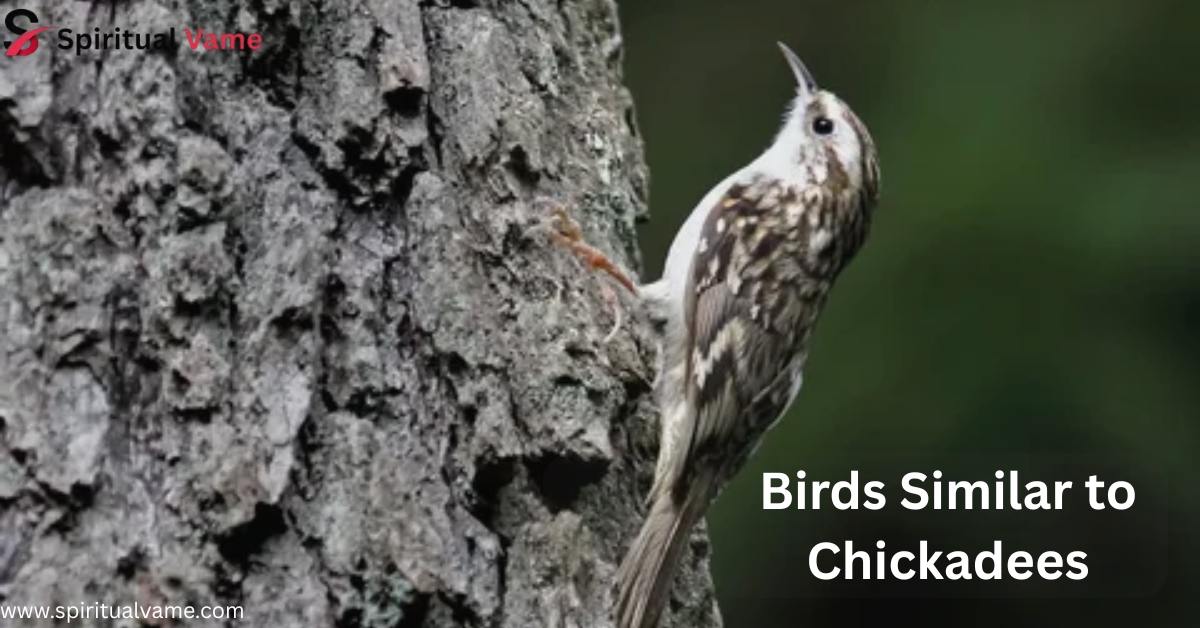
If you enjoy watching chickadees, you’ll love learning about birds similar to chickadees. These tiny songbirds have a lot of lookalikes that share the same size, colors, and behavior. Some of them even sound alike! In this guide, we’ll explore six birds similar to chickadees you might see in your yard or on a hike.
We’ll also talk about how to tell the difference between them. Each bird has something unique—from their calls to the way they move and feed. Whether you’re new to birdwatching or already a fan, knowing these birds similar to chickadees will help you spot and enjoy more wildlife around you.
6 Birds Similar to Chickadees
Several birds share characteristics with chickadees, such as size, plumage, and behavior. These similarities can sometimes make identification challenging, especially for novice birdwatchers. Let’s explore six birds that are often mistaken for chickadees due to their comparable features.
The American Tree Sparrow is a small, round bird with a rusty cap and a gray breast, often seen flitting about in shrubs and low trees. Its gentle demeanor and soft calls can remind one of the familiar chickadee. Similarly, the White-breasted Nuthatch sports a black cap and white face, and its habit of creeping headfirst down tree trunks is distinctive. The Blackpoll Warbler, especially during its breeding season, exhibits a black cap and white cheeks, making it resemble the Black-capped Chickadee
The Brown Creeper is another bird that might be confused with a chickadee. Its brown, streaked plumage provides excellent camouflage against tree bark, and it moves in a spiraling pattern up tree trunks. The Tufted Titmouse has a gray crest and large black eyes, often found in mixed-species flocks with chickadees. Lastly, the Juniper Titmouse is a plain gray bird with a short crest, commonly found in the western U.S., sharing habitats with chickadees
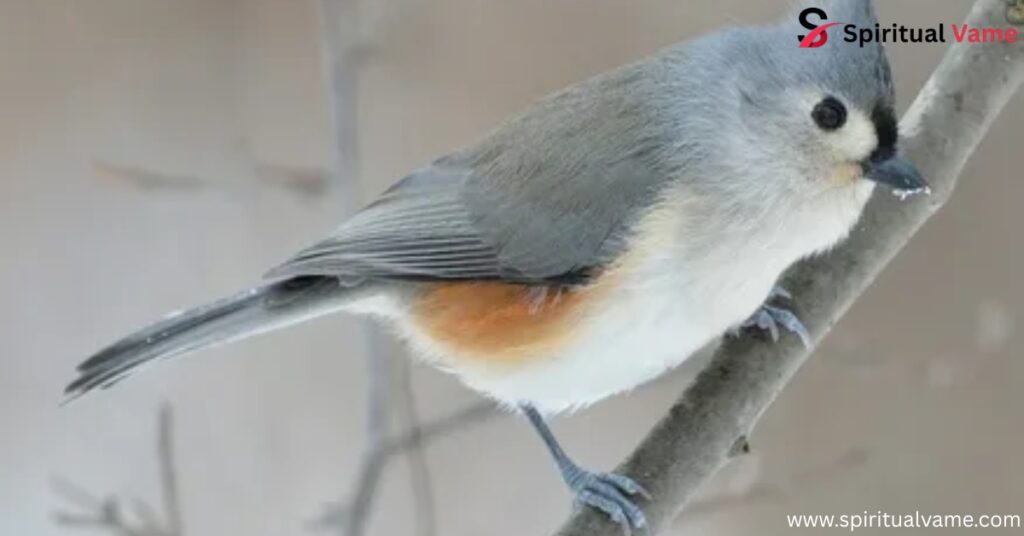
To better understand the similarities and differences between these birds and chickadees, consider their size, plumage, and behaviors. Chickadees are small, active birds with distinctive black caps and bibs, white cheeks, and a preference for mixed woodlands. The American Tree Sparrow, while similar in size, has a rusty cap and a central breast spot. The White-breasted Nuthatch’s behavior of moving headfirst down trees sets it apart, despite its comparable coloration.
The Blackpoll Warbler’s seasonal plumage can closely mimic that of chickadees, but its migratory patterns and song differ. Brown Creepers are more slender and have a unique foraging behavior, spiraling up tree trunks. Tufted and Juniper Titmice share the chickadee’s social nature and habitats but can be distinguished by their crests and vocalizations.
Birds Similar to Chickadees with full information:
1. American Tree Sparrow
The American Tree Sparrow is a small, plump bird with a rusty cap, gray face, and a distinctive dark spot on its chest. It breeds in the far north and migrates to the U.S. during winter. Often found in open woodlands and shrubby areas, it feeds on seeds and insects, foraging on the ground and in low vegetation. Its gentle, musical trill adds to its charm, making it a delightful winter visitor.
2. White-breasted Nuthatch
The White-breasted Nuthatch is a compact bird with a black cap, white face, and blue-gray back. It is known for its unique behavior of moving headfirst down tree trunks as it searches for insects and seeds. This non-migratory bird is commonly found in deciduous forests across the U.S. Its nasal “yank-yank” call is distinctive and can often be heard as it forages along tree bark.
3. Blackpoll Warbler
The Blackpoll Warbler is a small songbird with striking black and white plumage during the breeding season. Males have a black cap, white cheeks, and streaked underparts. This migratory bird breeds in northern forests and undertakes long-distance migrations to South America. Its high-pitched song and seasonal appearance can lead to confusion with chickadees, especially during migration periods.
4. Brown Creeper
The Brown Creeper is a slender, brown bird with streaked plumage that blends seamlessly with tree bark. It has a long, curved bill and a stiff tail used for support as it spirals up tree trunks in search of insects. This behavior contrasts with chickadees, which often flit about branches. The Brown Creeper’s soft, high-pitched call is subtle, making it a quiet presence in mature forests.
5. Tufted Titmouse
The Tufted Titmouse is a small, gray bird with a prominent crest, large black eyes, and a white belly. It is a common resident in eastern U.S. woodlands and suburban areas. This bird is known for its curious nature and loud, whistled “peter-peter-peter” song. Often seen in mixed-species flocks with chickadees, it shares similar feeding habits, including foraging for insects and seeds.
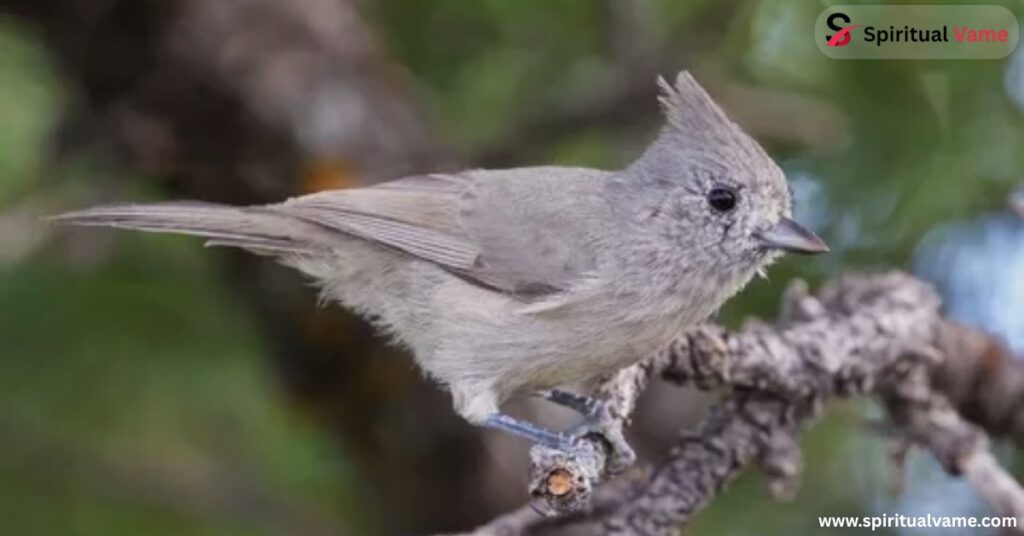
6. Juniper Titmouse
The Juniper Titmouse is a plain gray bird with a short crest and dark eyes, found primarily in the western U.S. It inhabits dry woodlands dominated by juniper and pinyon pine. This non-migratory bird is known for its simple, whistled song and acrobatic foraging behavior. Though less colorful than chickadees, its behaviors and habitat preferences make it a close relative within the Paridae family.
Seven Chickadee Species of North America
North America is home to seven distinct chickadee species: the Black-capped, Carolina, Mountain, Boreal, Chestnut-backed, Mexican, and Gray-headed Chickadees. Each species occupies specific habitats and ranges, from the boreal forests of Canada to the mountainous regions of the southwest. These chickadees share common traits, such as their black caps and bibs, white cheeks, and cheerful vocalizations, yet each has unique adaptations to their environments.
Understanding these species helps birdwatchers appreciate the diversity within the chickadee family. For instance, the Black-capped Chickadee is widespread across the northern U.S. and southern Canada, while the Carolina Chickadee resides in the southeastern U.S. The Mountain Chickadee, with its distinctive white eyebrow, is found in the western mountains, and the Chestnut-backed Chickadee inhabits the Pacific Northwest’s coastal forests.
Identification
Identifying chickadees involves observing key features such as plumage patterns, vocalizations, and behaviors. Most chickadees have a black cap and bib, white cheeks, and soft gray upperparts. However, subtle differences exist; for example, the Boreal Chickadee has a brown cap and a more subdued coloration compared to the Black-capped Chickadee. Vocalizations also aid in identification, as each species has distinct calls and songs.
Behavioral observations, such as foraging habits and flocking behavior, can further assist in distinguishing species. Chickadees are known for their acrobatic foraging, often hanging upside down to glean insects from foliage. They also participate in mixed-species flocks, especially during the non-breeding season, which can include titmice, nuthatches, and kinglets.
The Difficult Pair
The Black-capped and Carolina Chickadees are notoriously difficult to distinguish in areas where their ranges overlap, such as the mid-Atlantic states. Visually, they are nearly identical, both featuring black caps and bibs, white cheeks, and gray bodies. However, subtle differences in vocalizations and habitat preferences can provide clues. The Black-capped Chickadee’s song is a clear, whistled “fee-bee,” while the Carolina Chickadee’s song is a faster, more complex series of notes.
Genetic studies have shown that these two species occasionally hybridize in overlapping zones, further complicating identification. Careful observation of song patterns, behavior, and location is essential for accurate identification in these regions.
Range
Chickadee species are distributed across various regions of North America, each adapted to specific habitats and climates. The Black-capped Chickadee occupies a broad range across the northern U.S. and southern Canada, favoring deciduous and mixed forests. The Carolina Chickadee is found in the southeastern U.S., often in hardwood forests and suburban areas.
The Mountain Chickadee resides in the coniferous forests of the western mountains, while the Boreal Chickadee is confined to the boreal forests of Canada and the northern U.S. The Chestnut-backed Chickadee inhabits the moist coastal forests of the Pacific Northwest, and the Mexican and Gray-headed Chickadees are found in the southwestern U.S. and Mexico, often in high
elevation pine-oak woodlands. Each of these ranges reflects how chickadees have adapted to various elevations, latitudes, climates, and ecosystems, showcasing their phenology, adaptation, and distribution across North America.
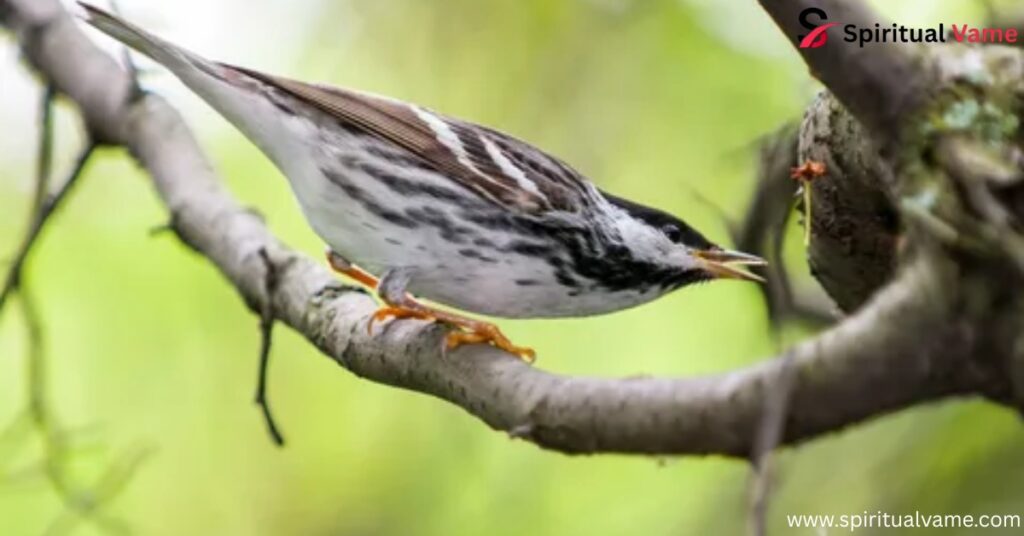
Understanding chickadee ranges is essential for accurate identification. A birder in Maine is most likely observing a Black-capped Chickadee, while someone in Georgia is probably seeing a Carolina Chickadee. In the Rocky Mountains, the presence of a white eyebrow line suggests the Mountain Chickadee. These regional differences are shaped by evolutionary pressures, resource availability, and competition within their niche.
Conclusion
Chickadees are not just charming songbirds; they are also a window into the broader world of passerine diversity. Their lookalikes—like the Tufted Titmouse, Brown Creeper, and Blackpoll Warbler—add layers of interest to birdwatching. Recognizing the subtle differences between these birds helps enthusiasts become more skilled in field identification and deepens their appreciation for avian ecology.
These birds share more than just visual similarities—they often exhibit omnivorous feeding habits, acrobatic foraging, and behaviors like gleaning, perching, and even hovering during feeding. Many participate in mixed-species flocks, especially in colder months, to improve predator avoidance and foraging success. Their interactions, vocalizations, and unique adaptations to their habitats demonstrate the intricate relationships between behavior, environment, and evolution.



